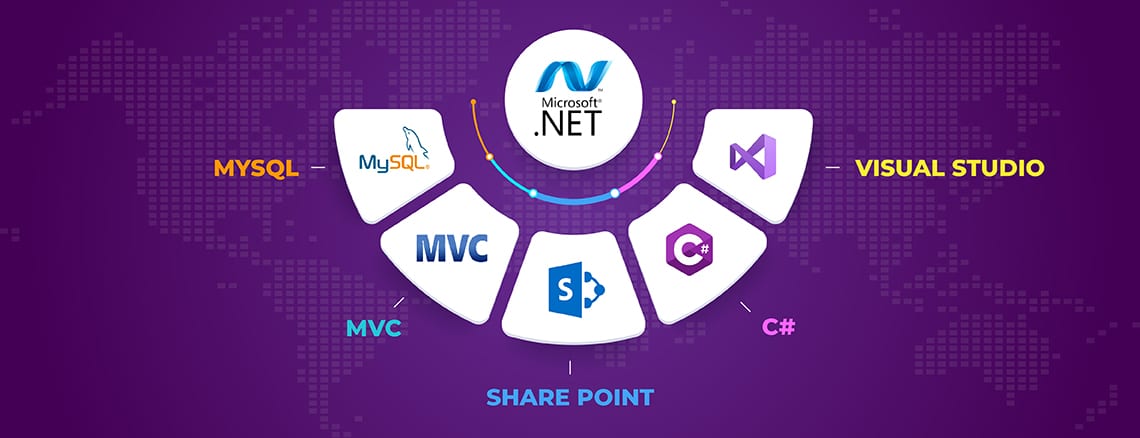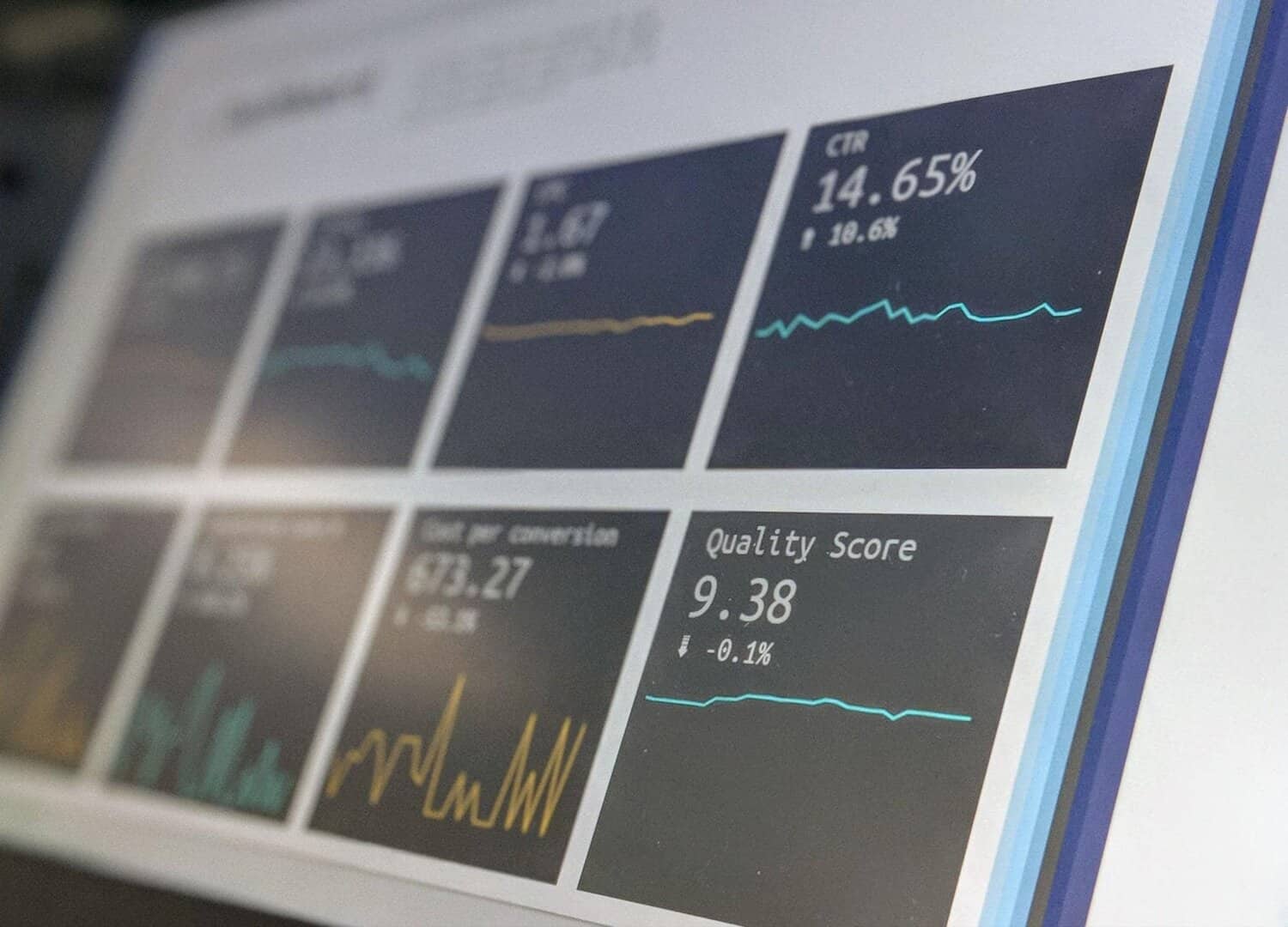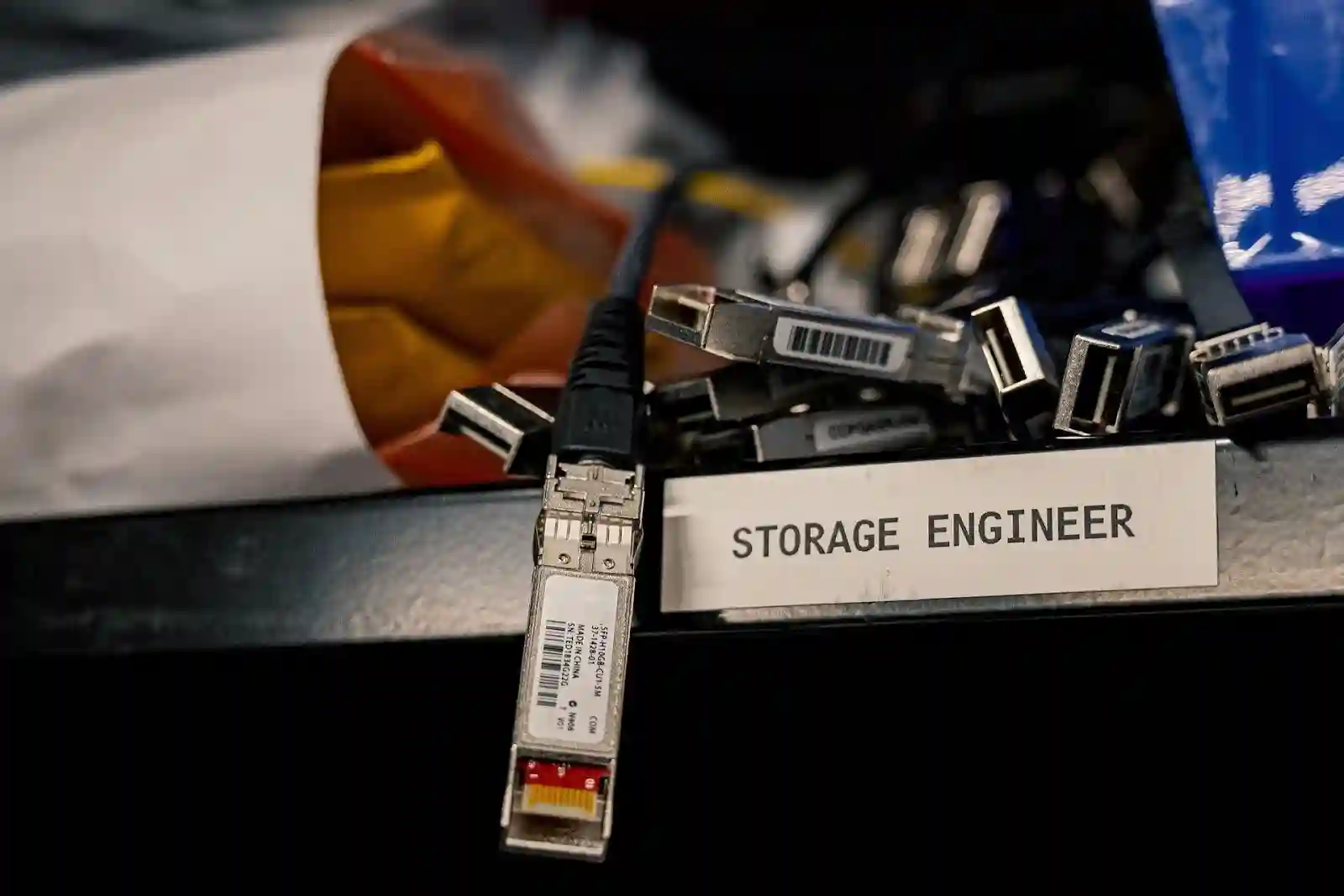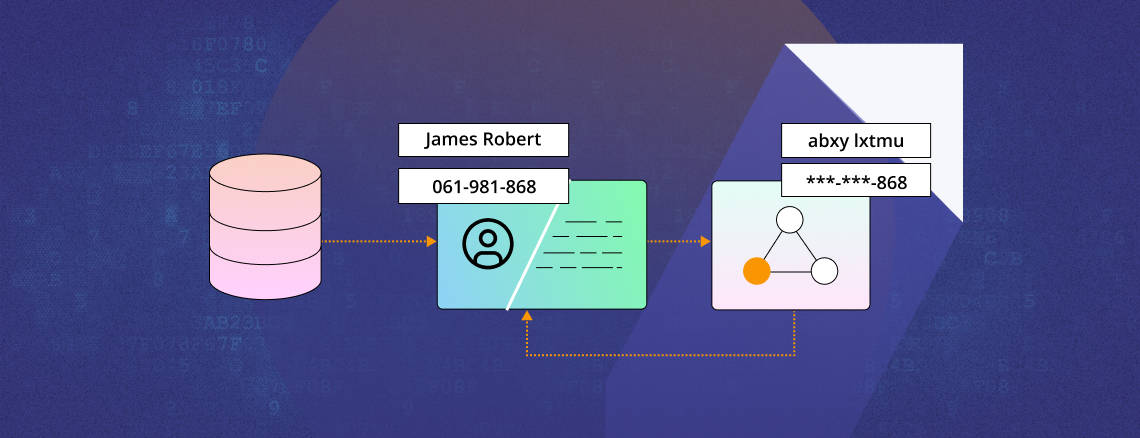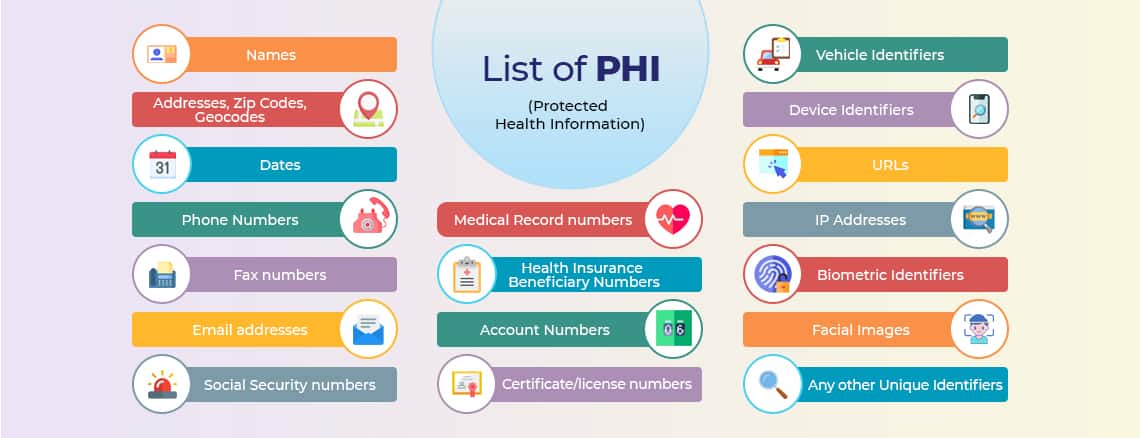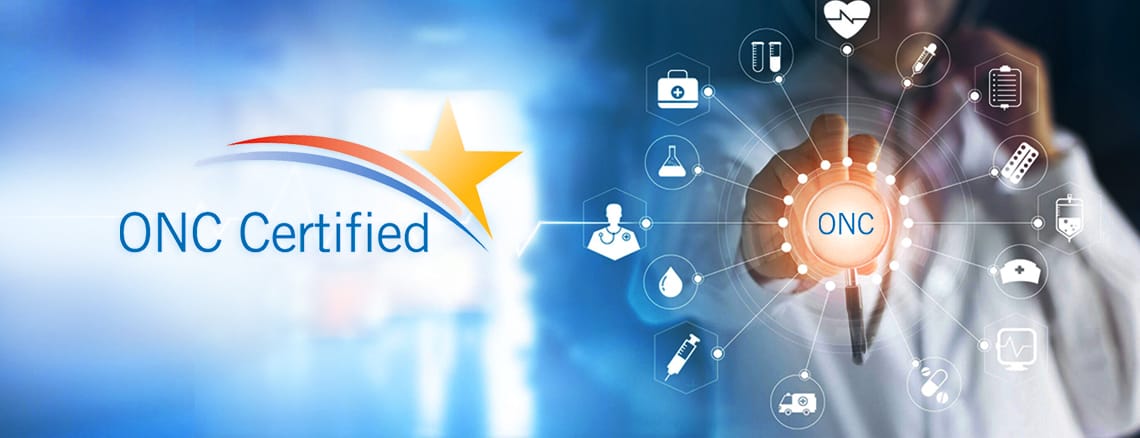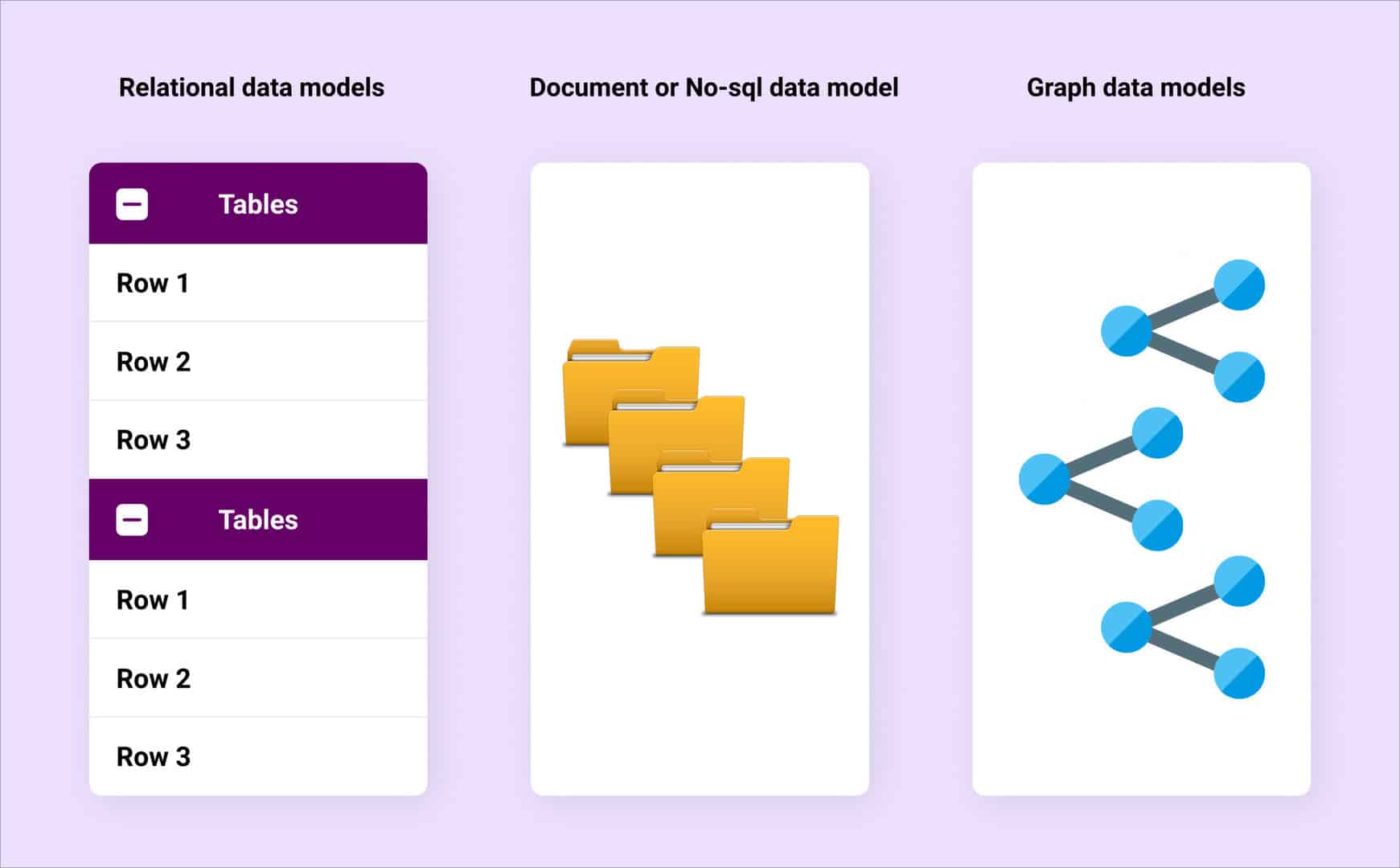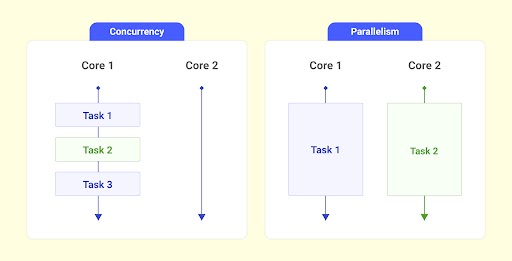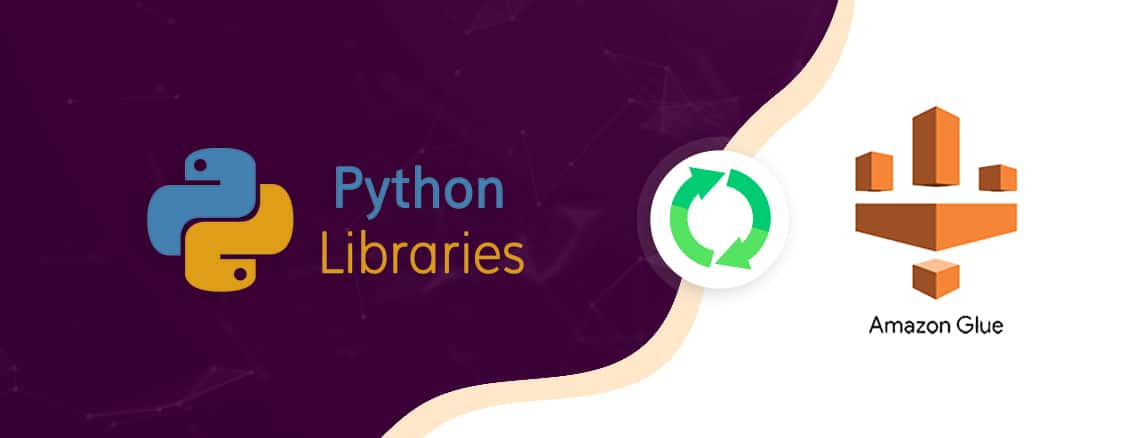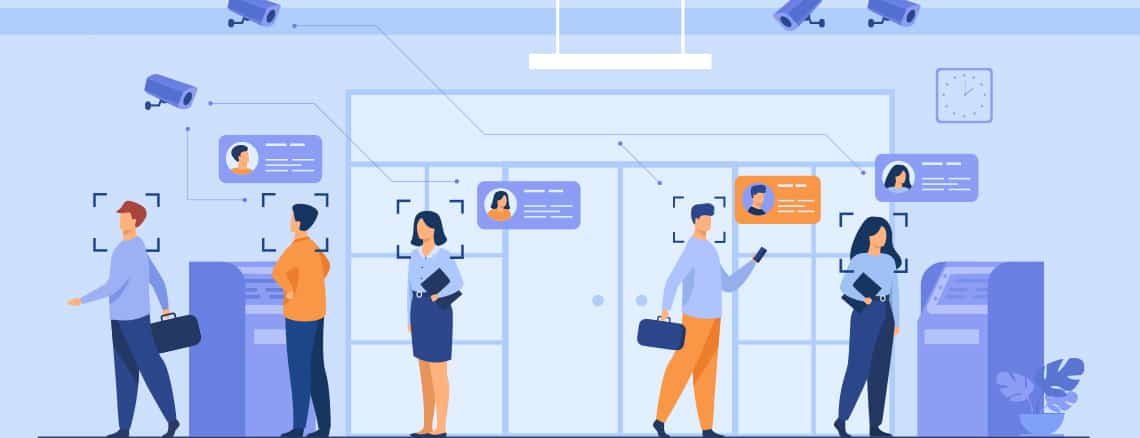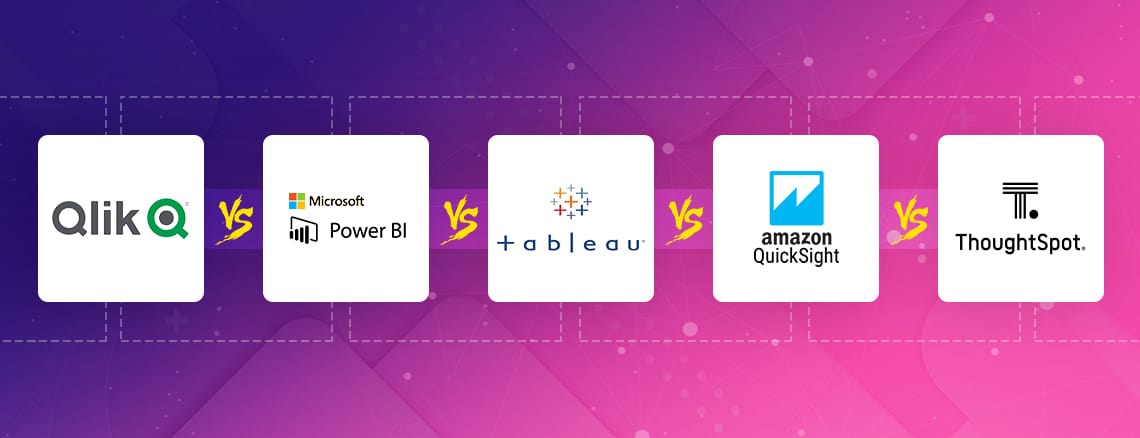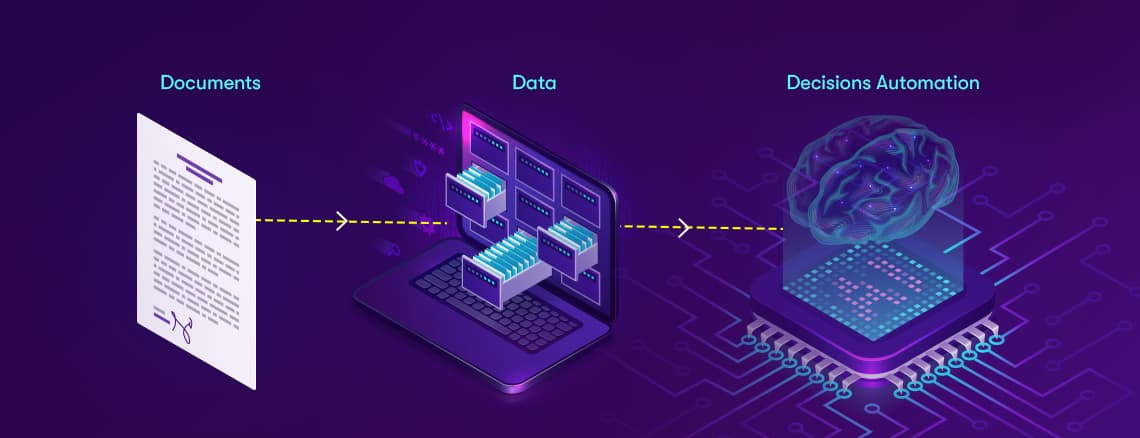Until recently, when patients wanted illnesses treated, or had specific complaints that they wanted to be diagnosed, they went to see a doctor. They were then charged a consultation fee by the doctor or had a third-party insurance cover the cost partially or completely.If patients were unable to travel to see a doctor (as in the case of aging invalids in a home-hospice setup), doctors visited patients, and then collected their fee, either directly or through the insurance company.Later, a third option was born: Telemedicine.As the name suggests, telemedicine involves a doctor examining a patient through a Video Conference, without the doctor and patient being physically present in the same room. Telemedicine used to be restricted to the occasional two-way video consultation, but with the advances in handheld devices over the last few years, a new breed of telemedicine solutions has emerged.Today, the television has been replaced by the smartphone.Tele healthcare is being used to treat a very specific set of health-related issues, such as sinus infections, colds, rashes, asthma, influenza and other similar maladies. A telehealth visit can also help patients decide if you need to see your own doctor or are in need of urgent/intensive care. Apart from the logistical and operational conveniences, telemedicine, and specifically electronic video visits, make a lot of financial senseSo, how can telemedicine reduce healthcare costs?Telemedicine helps reduce costs for patients as well as healthcare services providers and doctors. In this article, we’ll be breaking down the pros to video visits for both parties.How electronic video visits can help patients:The benefit for patients is rather straightforward: They get to check in from the comfort of their houses, which saves them travel time (and costs), and they spend exactly as much time as it takes for the doctor to examine them, which reduces opportunity cost significantly.Here are some numbers to consider:
- An Emergency Room visit: $1,354
- An Urgent Care Center visit: $150
- A visit to a private physician: $125
Against all of this, a standard telehealth consultation can cost between $60 and $100.While a hands-on examination of patients is not possible, patients can still manage to reduce consultation costs significantly through video visits.Besides these obvious costs, there’s a less tangible cost to patients: Opportunity cost; what patients could be earning if they weren’t in a doctor’s waiting room. A study by Harvard Medical School says that patients lose $43 every time they wait for a doctor.How electronic video visits can help healthcare providers:Time is money for doctors as well. A video visit means that doctors can have follow-up check-ins on chronic patients with far smaller time commitments than in-house visits. Another time-sink that keeps healthcare providers up at night is the increasing rate of no-shows, which cost providers an estimated $150 billion a year. Video visits will eliminate the possibility of no-shows.Besides, billing costs come down when invoices are digital and providers are saved the cost of sending physical bills. Some doctors even take their practice completely online, which leads to a significant reduction in operational costs.Electronic video visits will also indirectly help healthcare providers improve the in-person healthcare experience. Telemedicine will help cut down the number of unnecessary doctor visits, helping doctors and physicians focus on the patients who really need hands-on attention. This becomes all the more significant in light of this report from the Association of American Medical Colleges, which predicts a shortfall of 15,000 to 35,000 primary care providers by 2025.Video visits are here to stay, and with the ubiquity of smartphones, a number of features are being added to telemedicine applications. Once smartphones and other consumer technology become mature (and affordable) enough to run VR and AR, video visits will be able to take on newer challenges, like remote diagnosis, scanning and maybe even video-instructed surgery.About Ideas2IT:Are you looking to build a great product or service? Do you foresee technical challenges? If you answered yes to the above questions, then you must talk to us. We are a world-class Custom dot net development company. We take up projects that are in our area of expertise. We know what we are good at and more importantly what we are not. We carefully choose projects where we strongly believe that we can add value. And not just in engineering but also in terms of how well we understand the domain. Book a free consultation with us today. Let’s work together.































.png)


.png)


.webp)




